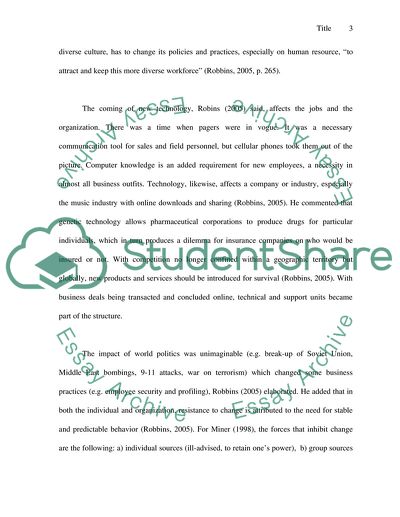Cite this document
(“Forces Initiating or Inhibiting Change in Organizations Essay”, n.d.)
Forces Initiating or Inhibiting Change in Organizations Essay. Retrieved from https://studentshare.org/human-resources/1538482-forces-initiating-or-inhibiting-change-in-organizations
Forces Initiating or Inhibiting Change in Organizations Essay. Retrieved from https://studentshare.org/human-resources/1538482-forces-initiating-or-inhibiting-change-in-organizations
(Forces Initiating or Inhibiting Change in Organizations Essay)
Forces Initiating or Inhibiting Change in Organizations Essay. https://studentshare.org/human-resources/1538482-forces-initiating-or-inhibiting-change-in-organizations.
Forces Initiating or Inhibiting Change in Organizations Essay. https://studentshare.org/human-resources/1538482-forces-initiating-or-inhibiting-change-in-organizations.
“Forces Initiating or Inhibiting Change in Organizations Essay”, n.d. https://studentshare.org/human-resources/1538482-forces-initiating-or-inhibiting-change-in-organizations.


